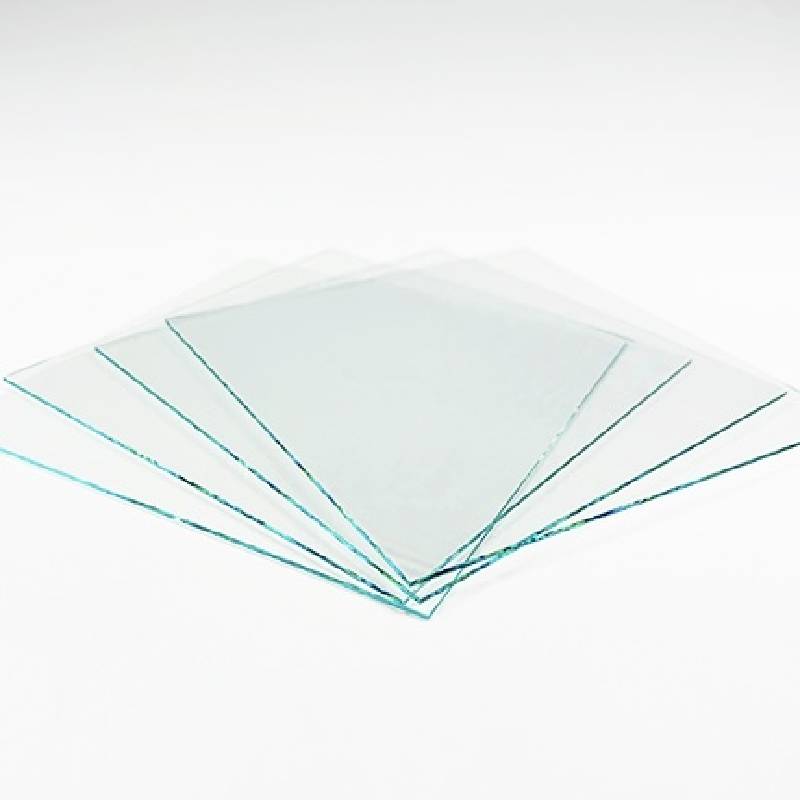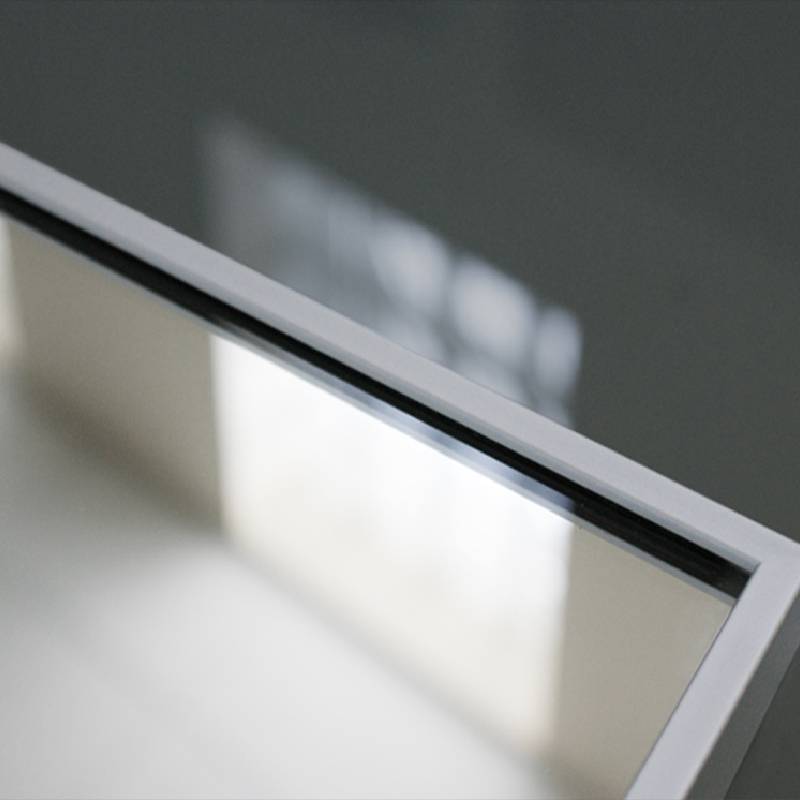Exploring the Various Types of Float Glass A Comprehensive Guide

Float glass technology revolutionized the glass industry, providing the ability to produce large, flawless glass panes for numerous applications. The versatility of float glass allows for an array of types tailored for specific purposes, each with its unique attributes and use cases. Understanding these different types of float glass is valuable for industries like construction, automotive, interior design, and more, where glass plays a crucial role.
Clear Float Glass
Clear float glass, often considered the standard glass type, is known for its high light transmission and clarity.
It is the building block for many other specialized glass types. With a typically smooth surface thanks to its formation process, where molten glass floats over molten tin, clear float glass is extensively used in applications where visual clarity and natural light are paramount, such as windows and display cases.

Low Iron Glass
Low iron glass, alternatively known as ultra-clear glass, contains fewer iron oxides resulting in higher transparency and reduced green tint, which is a hallmark of standard clear glass. This enhanced clarity makes low iron glass an excellent choice for storefronts, display windows, and solar panels, where aesthetic quality and light transmission are critically important.
Tinted Float Glass
Tinted float glass incorporates color into the glass structure to reduce heat gain from sunlight, ideal for warm climates or energy-efficient buildings. Available in various shades such as bronze, gray, and green, these glasses not only contribute to the aesthetic appeal of buildings but also enhance comfort by limiting UV rays and glare. The addition of color does not affect clarity but can reduce light transmission, creating cooler indoor environments.
float glass types
Reflective Glass
Reflective glass is a functional twist on the traditional float glass with a thin metallic layer applied to the surface. This layer helps in reflecting heat and sunlight, thus controlling temperature within a building. Reflective glass is widely used in modern architecture, offering an attractive exterior with its mirror-like finish while improving energy efficiency by minimizing heating, ventilation, and air conditioning (HVAC) costs.
Laminated Glass
Laminated glass consists of two or more layers of float glass sandwiched together with interlayers, often of polyvinyl butyral (PVB). This construction enhances security, as the glass holds together when shattered, making it suitable for situations demanding high safety and security standards such as windshields, skylights, and bank fronts. Additionally, laminated glass provides superior sound insulation and UV filtering properties.
Tempered Glass
Tempered glass, also derived from float glass, undergoes a controlled thermal or chemical process to increase its strength compared to regular glass. Used where safety is paramount, tempered glass breaks into small, blunt pieces rather than sharp shards. This makes it ideal for applications such as shower doors, glass doors, and vehicle windows. Recognized for its durability and versatility, it is a staple in areas requiring resilient glass solutions.
Insulated Glass Units (IGUs)
Insulated glass units, or double glazing, use two or more layers of float glass separated by a vacuum or gas-filled space to reduce heat transfer. This type of glass is a cornerstone in energy-efficient construction, significantly reducing heating and cooling costs by enhancing thermal insulation. Its use in windows and facades demonstrates a commitment to sustainability and comfort, a growing concern in building design.
Each type of float glass serves distinct roles, complementing the evolving needs of industries reliant on glass technologies. Selecting the appropriate type requires a thorough understanding of their properties and functionalities, ensuring optimal performance and satisfaction. As technology advances, innovative float glass solutions continue to emerge, promising exciting possibilities for future applications. With its persistent evolution, the world of float glass remains an exciting and crucial facet of modern engineering and design.



